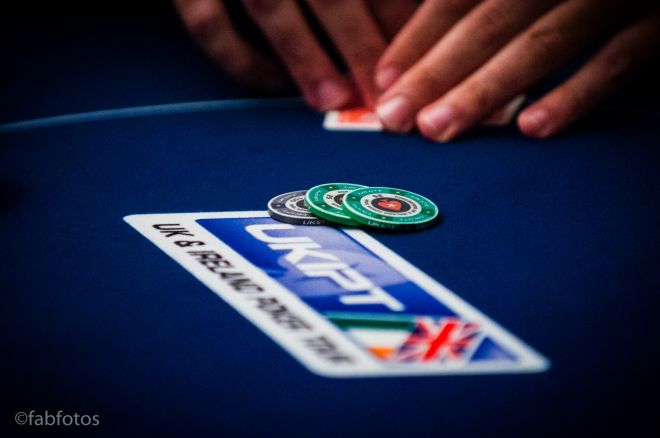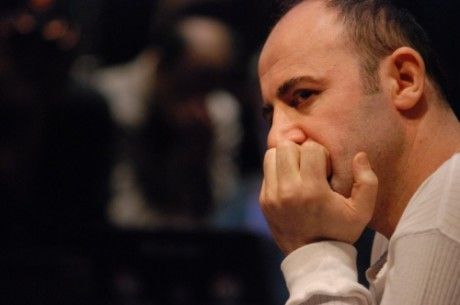How Straddling Changes the Game: Four Strategic Considerations

Last month, fellow PokerNews contributor Robert Woolley shared a good introduction to ��straddling�� in poker �� ��Explaining the ��Straddle�� (It��s Not As Obscene As It Sounds).�� Since players straddle frequently in my regular game, once I learned what exactly a straddle was I soon had to learn how much straddling affects proper strategy.
If you find yourself in such a spot, here are four ways straddling changes a poker game you should be aware of when devising your strategy.
1. Straddling raises the stakes
My weekly game is a $1/$2 no-limit hold��em cash game. However players will regularly straddle for $5 to $7. Doing so then changes the opening raise size dramatically.
With no straddle, players typically open for anywhere between $7 and $10. With a straddle, these same players will open for anywhere from $15 to $20 �� in other words, an opening raise size you see more commonly in $2/$5 games.
2. Straddling lowers the relative stack sizes
In my game, players typically buy in for $200 to $500. I buy in for $300. This is plenty for a normal $1/$2 game, but when someone straddles for $5, the relative size of my stack drops from 150 big blinds down to just 60 BBs, with the change even more dramatic when they straddle for more.
In addition, I often play pots with people who have bought in for even less than I did, in which case my opponent��s shorter stack becomes the effective stack. There are players who will buy in for $200 and straddle for $10, but they would never dream of buying into a $1/$2 game for $40. What they don't realize is that they are essentially doing just that, because in both cases they are playing with a 20 BB stack.
3. Straddling decreases the value of speculative hands
When a straddle forces you to play a much lower stack size in terms of big blinds, you have to adjust your strategy. Suddenly, it becomes unprofitable to call raises with certain speculative hands like small suited connectors when the raise size starts to approach 10% of your stack.
For example, if I am on the button with a hand like 7?6?, I obviously want to be able to call raises from players who cannot get away from overpairs. However, this call is not profitable if I have $300 and the pot is straddled to $10 which then causes the raiser to open for $30. The times I call and smash a flop would not be enough to make up for all the times I call and lose the $30. Had the pot not been straddled, I would only have to pay around $10 or less to see the flop which would make doing so more feasible.
4. Straddling increases the value of made hands
The flip side of the last point is that when speculative hands go down in value, made hands go up in value. This means that even though I have to play a more narrow range in straddled pots, I can play more of my made hands for stacks. If the pot is big enough �� like around 20% of my stack �� then I can profitably shove marginal made hands like QxQx, JxJx, or 10x10x preflop just to take down the dead money. This can also be done with AxKx and sometimes even weaker hands if there has not been a raise.
A similar result happens postflop. Straddled pots can become so big that the stack-to-pot ratio (SPR) can be as low as 2-4 on the flop (i.e., the effective stacks are only 2 to 4 times as big as the pot). When this is the cae, it is usually incorrect to fold decent made hands too often after the flop. If you flop a good top pair and villain barrels the turn, you will usually have to go with it given the pot odds with which you will be presented.
Conclusion
For many players, playing with a straddle can make a poker game more fun. It tends to loosen up the action and get people to go all in more often. But as fun as this may sound, it can be disastrous on your bankroll if you are unaware of how the straddle changes the way you should play. If you keep these changes in mind and the way they affect strategy, you should be able to play straddled pots more profitably.
Get all the latest PokerNews updates on your social media outlets. Follow us on Twitter and find us on both Facebook and Google+!








